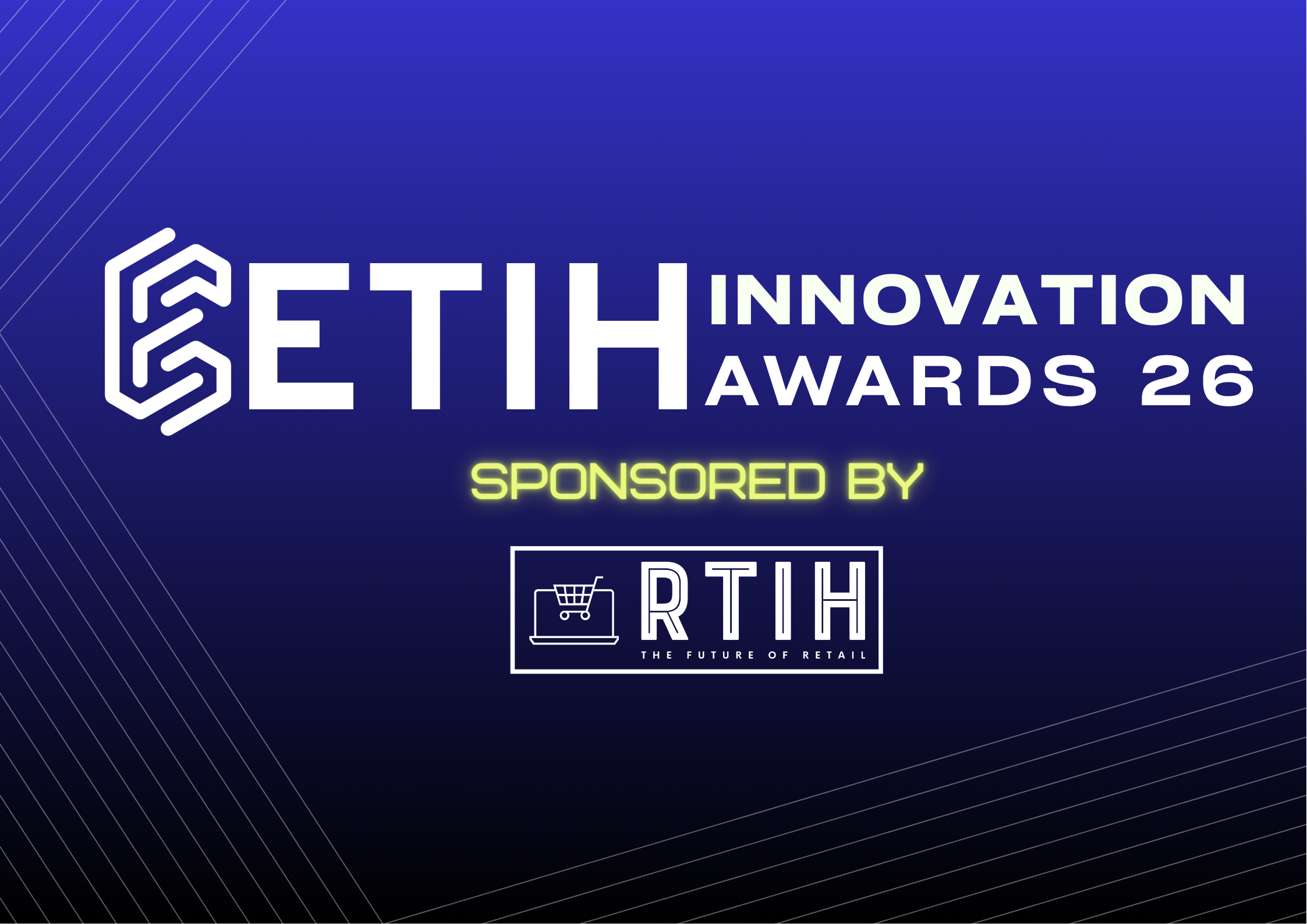Tech integration and teacher adaptability behind rising A-level performance, says Kahoot!
Following last week's A-level results, which saw a record number of students receiving places at their first-choice universities, education experts are pointing to a broader shift in how success is being achieved in UK classrooms.
Speaking exclusively to ETIH, Liz Crawford, Director of Education at edtech company Kahoot!, says the rise in top grades reflects a long-term change in both assessment outcomes and instructional methods.
A former English language teacher, Crawford says the results indicate a broader normalization of post-pandemic grading patterns, shaped by increased use of educational technology and new classroom strategies.
“This year’s results indicate that the post-pandemic phenomenon of students achieving a higher proportion of top grades may now be considered the new normal,” says Crawford. “Whilst there are still questions as to whether today’s grades reflect the same level of attainment as in decades past, there’s no doubt that innovative teaching methods and improved access to educational technology have been instrumental in helping students excel, even in the face of ever-growing class sizes.”
Founded in 2012 by Briton Jamie Brooker, Kahoot! has been widely adopted across UK schools, particularly during the pandemic, and is used by students and teachers for interactive learning and assessment.
According to Crawford, teachers have increasingly turned to digital tools and AI to maintain standards in the face of ongoing staffing challenges. “While many schools remain understaffed due to recruitment issues, teachers have become adept at leveraging AI and digital tools in order to provide high quality education for their students irrespective of the circumstances,” she says. “Recent data from a Kahoot! survey of 1800 teachers found that 63% were optimistic about AI’s potential to support education, highlighting its increased adoption in the classroom.”
Despite optimism around these changes, many teachers remain concerned about persistent engagement barriers. Survey responses identified short attention spans and external distractions as the top issue (35%), followed by large class sizes (21%), limited staff support and low subject motivation (19%). A further 14% highlighted concerns over passive learning and the constraints of a rigid, exam-driven curriculum.
Still, the findings suggest growing confidence in the sector's future. Teachers cited creative approaches to instruction (28%), the potential of AI and technology (17%), professional commitment from educators (20%), student curiosity (19%), and increasing inclusivity and community support (15%) as reasons for optimism.
“Whilst issues within the UK education system remain, this set of results is testament to the quality and commitment of teachers within the UK, who continue to use AI and other digital resources at their disposal to drive results, despite an ongoing recruitment crisis,” says Crawford.























